Clinical Simulation Program
What is Clinical Simulation?
Clinical Simulation is a pedagogical approach that allows educators in Pacific University's Masters of Speech-Language Pathology program to replicate real-world healthcare scenarios in an environment that is safe for education. "Clinical Simulation" can be broadly defined as using tools, devices, and/or environments to mimic a particular aspect of clinical care. Clinical Simulation goes beyond experiential learning and implements a rigorous design process to ensure student learning outcomes. This educational approach is crucial and common practice in both medical and nursing training.
There are several advantages to utilizing simulation to enhance clinical learning. One advantage is that learners can challenge themselves to properly engage in realistic clinical scenarios while receiving in-classroom instruction in a safe, low-stakes environment. A second advantage to using simulation is the ability to control for standardization of experiences across students. Additionally, exposure to a wide range of easily accessible learning opportunities provides students with the freedom to make and learn from mistakes prior to entering clinical practice. Clinical simulation serves as a bridge between class and clinic.
What Does the Pacific University Simulation Program Entail?
Dr. Amanda Stead, a credentialed Certified Healthcare Simulation Educator (CHSE), coordinates our simulation program. Each simulation is designed to meet the rigorous standards of the International Nursing Association for Clinical Simulation and Learning (INACSL, 2021).
The simulation program is fully integrated into the Master's in Speech-Language Pathology curriculum, both within and in addition to each semester’s coursework. Students within the graduate program complete more than 20 high-fidelity (very realistic) clinical simulations targeting various clinical skills. Many of these simulations serve as formative (ungraded) assessments for final examinations of clinical competencies, while other simulations are embedded in courses across semesters.
What are Some Examples of Clinical Simulations Within the Program?
Our simulation program utilizes a variety of approaches to help students develop their clinical skills. These include:
- Standardized Patients (trained actors simulating patients)
- Examples: Tracheostomy Care, Working with an Interpreter, Clinical Swallow Evaluation, Stuttering Treatment, Communicating Assessment Results to Caregivers
- Part-task Trainers (learning a specific procedural skill)
- Examples: Hearing Screening, Hearing Assistive Technology, Speaking Valve Placement
- Manikins
- Examples: Infant Feeding Assessment; Flexible Endoscopic Evaluation of Swallowing; Hearing Aid Placement
- Virtual Patients
- Examples: Professional Communication, Advanced Infant Feeding Assessment, Simucase® Assessments
- Simulated Environments
- Examples: Aphasia Escape Room; Virtual Dementia Tour
What are the Outcomes of the Simulation Program?
Each simulation in our program is designed around a set of learning objectives and the assessments designed for each simulation reflect those objectives. Through these assessments, program faculty have seen the following outcomes from individual simulations and the combined program:
- Improved student self-efficacy
- Improved topic knowledge
- Improved reflection skills
- Improved soft skills
- Increased skill demonstration/retention
- Verification of skill attainment
What do Students Think about the Simulation Program?
Students provide feedback on every simulation they complete. Students have universally responded positively to a) simulation structure, b) opportunities for guidance and feedback, c) working with peers, and d) debriefing about their learning. On feedback surveys, students consistently indicate that they are confident that:
- they are mastering the content of the simulations;
- the simulations cover critical content necessary for the mastery of the curriculum;
- they are obtaining the required skills and knowledge from the simulations to perform tasks in clinical settings.
Here are some quotes from students about our program:
"I am really thankful for it! I appreciate the opportunity to work on skills in this type of environment before I go out and do it in real life."
"I think this program has been critical to my development of clinician skills. I am so grateful for the opportunity to practice clinical skills in a low-stakes environment and receive constructive feedback on areas for improvement."
"I love it and think it's one of the best parts of our program. I appreciate that these are not summative but formative assessments. I think that's key to my learning, success, and enjoyment."
"I think it is a really important and valuable program. There's only so much learning you can do in a classroom, so putting our skills into a simulation helps to take them further. Discussions with peers and professors afterward also help all of us to learn what we did well on and what we can do better on next time."
Links to Articles on Simulation
Stead, Amanda; Michael, Paul; and Ondo, Katie (2022) "Student Navigation Through Computer-Based Simulations: What Predicts Success?," Teaching and Learning in Communication Sciences & Disorders: Vol. 6: Iss. 1, Article 10.
DOI: https://doi.org/10.30707/TLCSD6.1.1649037808.621089
Available at: https://ir.library.illinoisstate.edu/tlcsd/vol6/iss1/10
Stead, A., Vinson, M., Michael, P., Henry, S., Fryer, M., Fitzgerald, C., & Dow, F. (2023). Simulating an end-of-life care conference using standardized patients: Examining students' professional communication. Perspectives of the ASHA Special Interest Groups, 8(1), 189-203. https://doi.org/10.1044/2022_PERSP-22-00126
Stead, Amanda; Tinsley, Jordan; Mandulak, Kerry; Michael, Paul; and Deiner, Helene (2023) "Use of a Standardized Tracheostomy Patient Simulation to Evaluate Student Clinical Communication Skills," Teaching and Learning in Communication Sciences & Disorders: Vol. 7: Iss. 2, Article 7.
Available at: https://ir.library.illinoisstate.edu/tlcsd/vol7/iss2/7
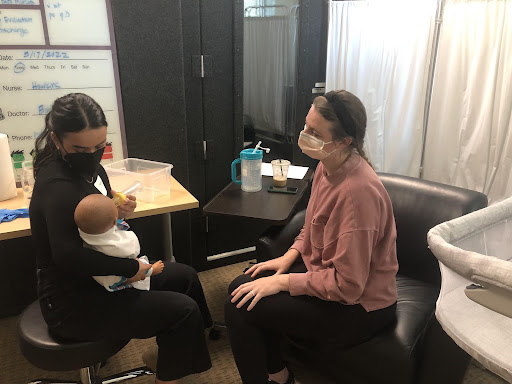
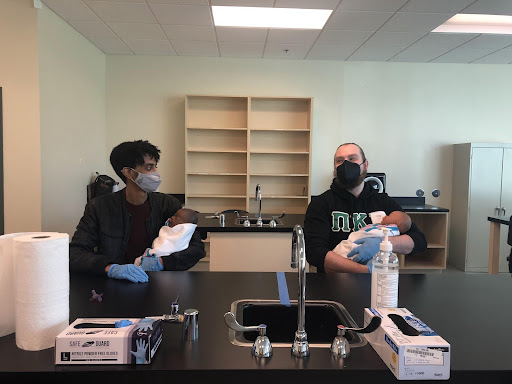
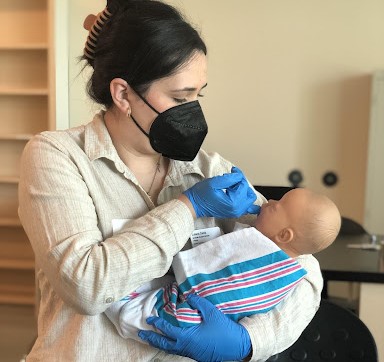
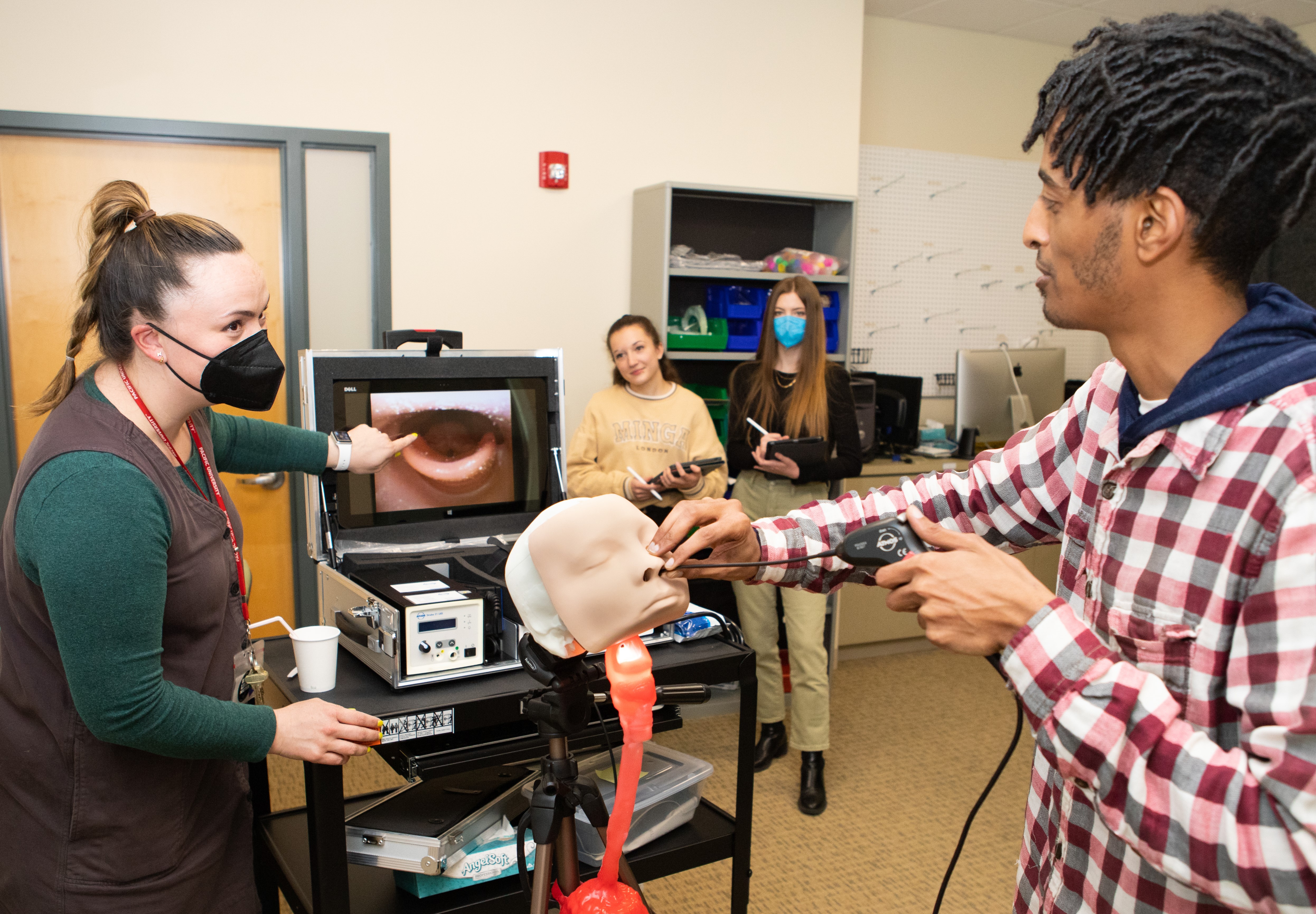
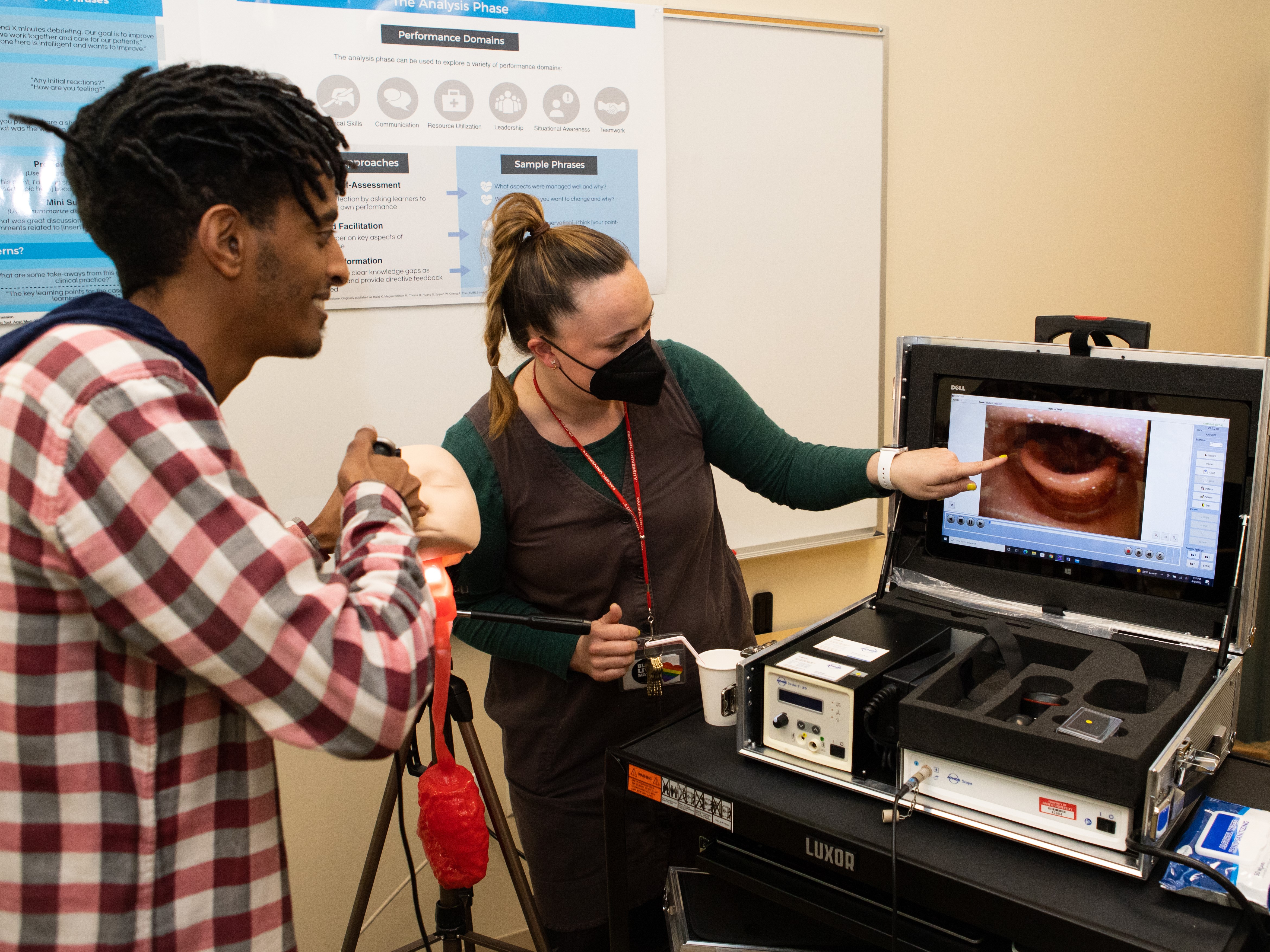
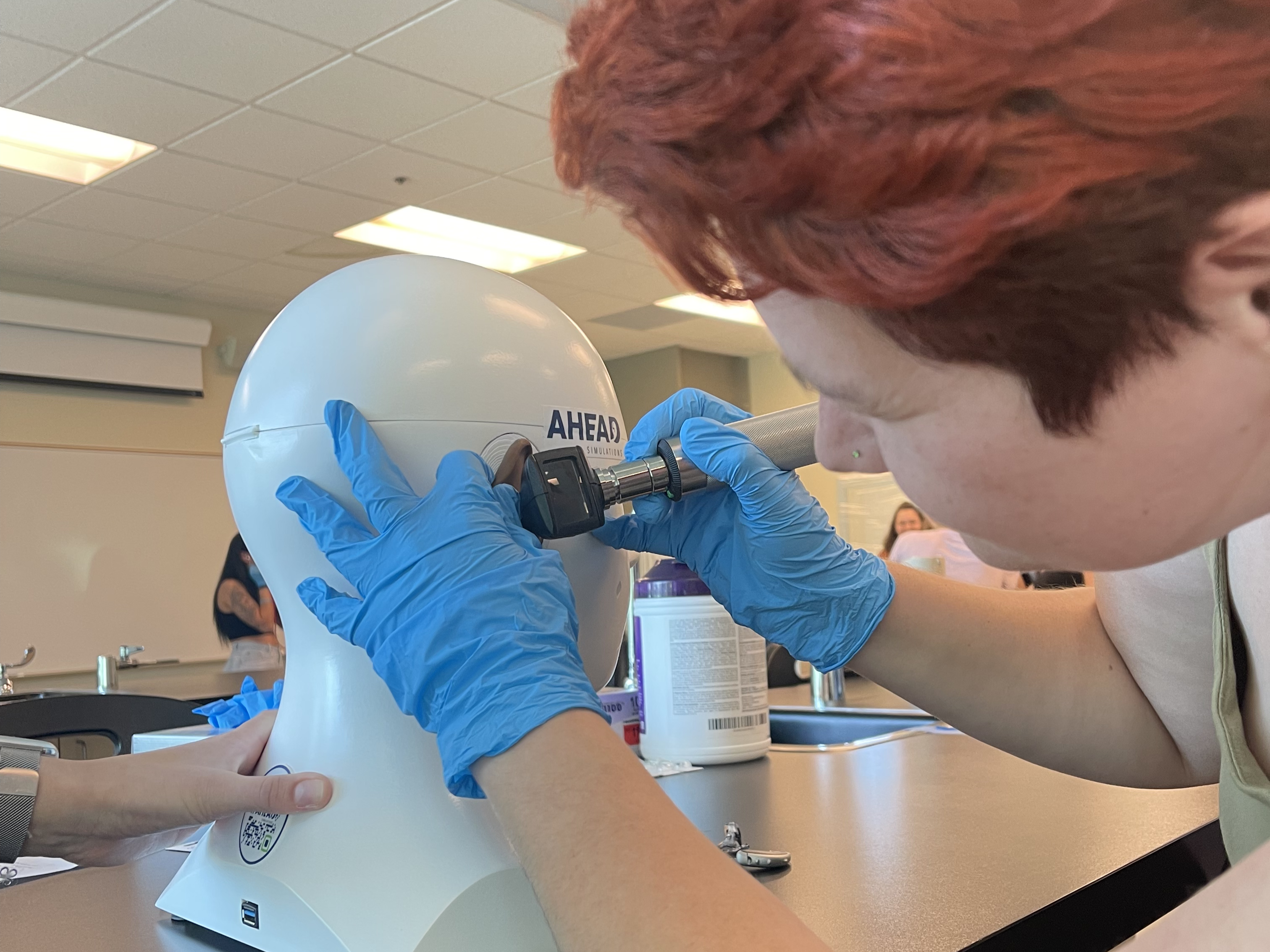
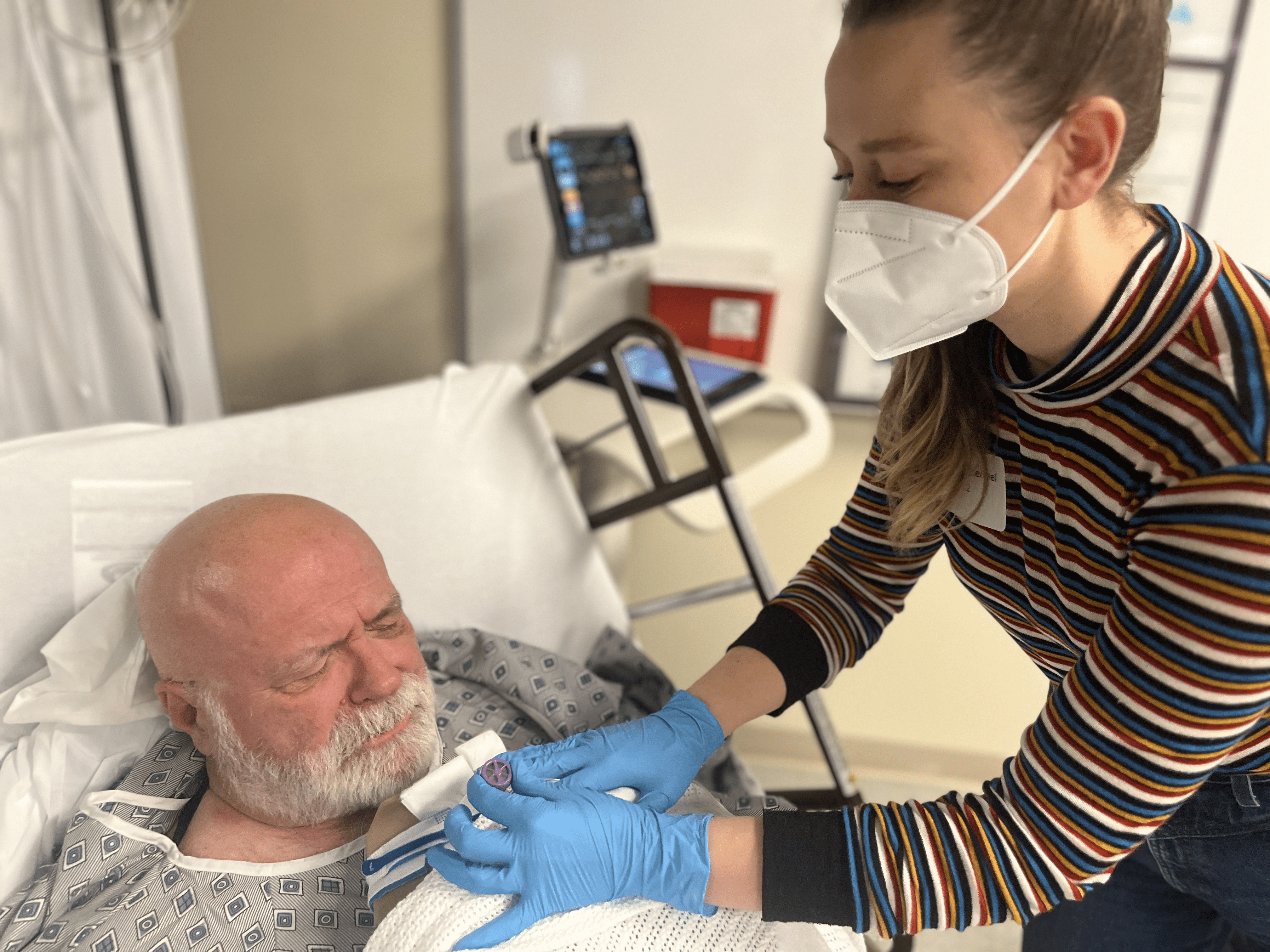
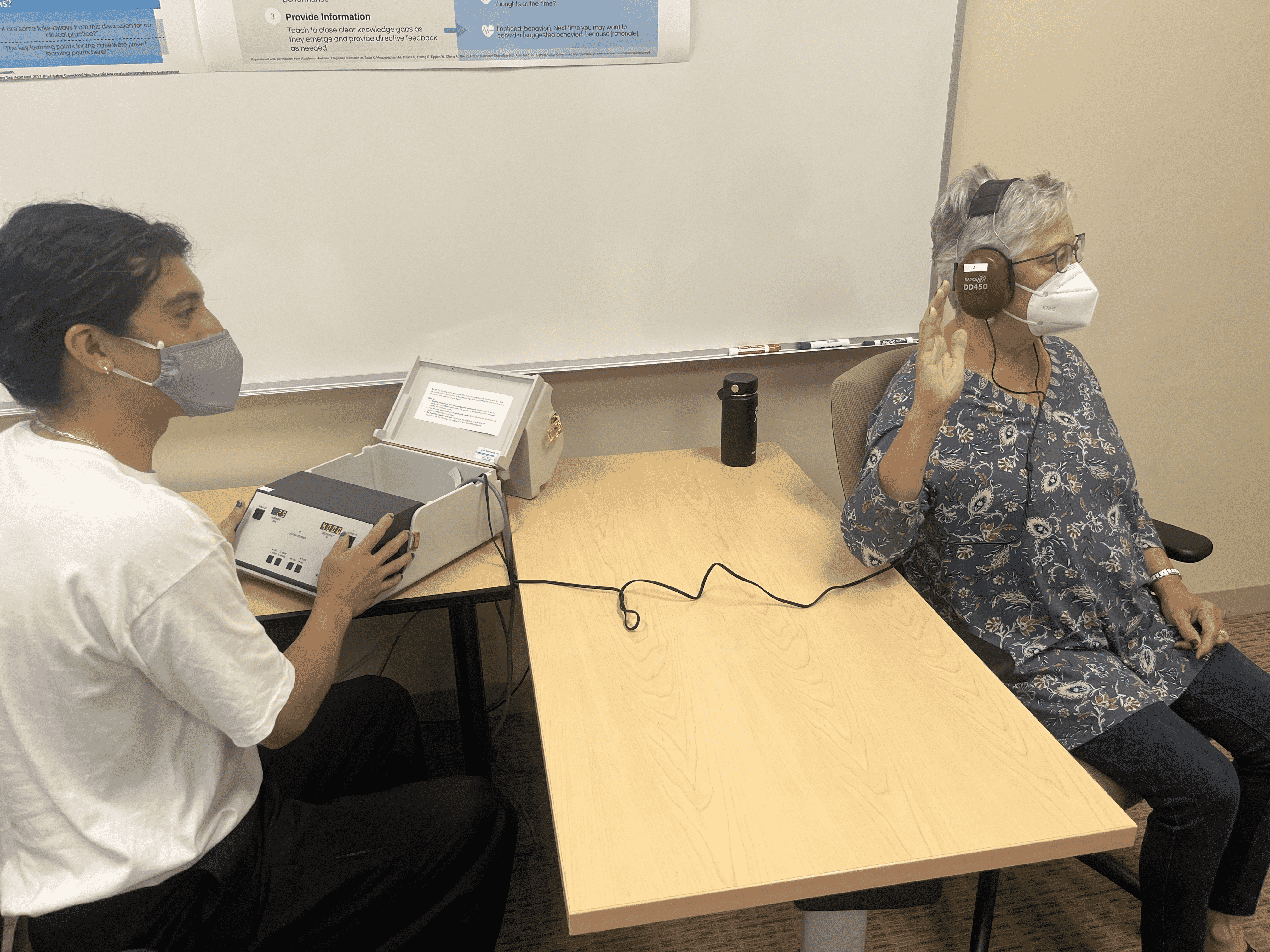 Clinical Simulation Program
full-width
400
Clinical Simulation Program
full-width
400 

